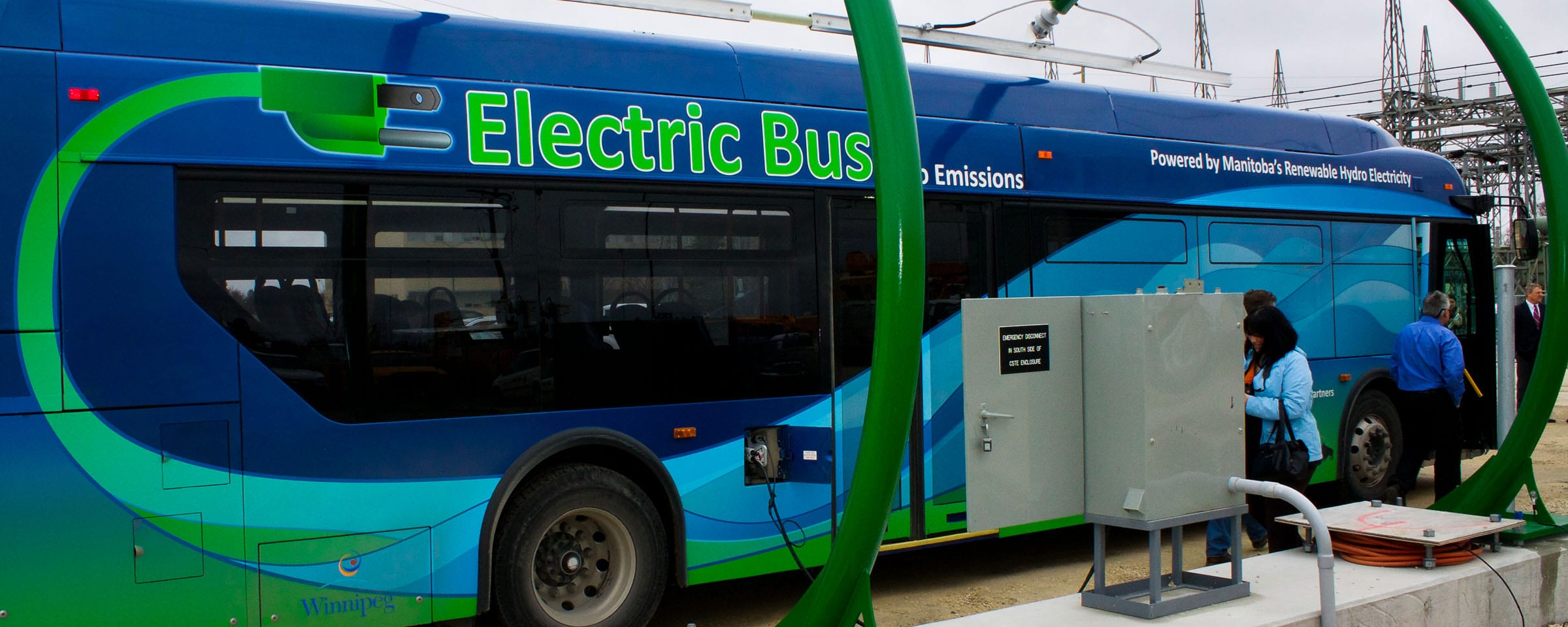CICan President Cites Red River College Partnership
 Red River College was cited as an example of how colleges can accelerate innovation in Canada during a Globe & Mail Q&A with Denise Amyot, president and CEO of Colleges and Institutes Canada on November 21, 2017. We are sharing an extract of the Q&A here for educational purposes.Canada’s global competitiveness and capacity to innovate and generate products and services that respond to evolving needs depend on an efficient research to innovation to enterprise pipeline. What’s the role of colleges and institutes in helping take ideas to the place where they can have an impact on society?
Red River College was cited as an example of how colleges can accelerate innovation in Canada during a Globe & Mail Q&A with Denise Amyot, president and CEO of Colleges and Institutes Canada on November 21, 2017. We are sharing an extract of the Q&A here for educational purposes.Canada’s global competitiveness and capacity to innovate and generate products and services that respond to evolving needs depend on an efficient research to innovation to enterprise pipeline. What’s the role of colleges and institutes in helping take ideas to the place where they can have an impact on society?
The role is two-fold. First of all, we train individuals to lead this process. Our members prepare the innovators of tomorrow by giving them the research and entrepreneurship skills they need to drive that innovation. And similarly, our campuses serve as community innovation hubs for small and medium-sized businesses. Applied research is booming in Canada’s colleges and institutes, and they have become the go-to problem solvers for a growing number of businesses (well over 6,000 last year alone). So, in a sense, the innovation pipeline flows in both directions, with colleges and institutes generating talent, but also serving innovation needs in their community through research projects. In both cases, they play a pivotal role in making sure new ideas make their way to all sectors of the economy, via people, products and services that have a direct impact on society.
What are some of the policies that enable colleges and institutes to have an impressive track record for working collaboratively with Canadian companies and organizations?
Colleges and institutes have always worked closely with employers in their region to make sure that the training they offer meets local needs.
In fact, every program is developed in consultation with a program advisory committee, comprised of local industry experts, employers and stakeholders. They also work with employers to offer lifelong learning opportunities, including upskilling and reskilling, that help workers adapt to changes in their career or the local job market. Having these well-established partnerships already in place transfers well to the world of applied research. By being in constant dialogue with industry, colleges and institutes are ideally positioned to help identify R&D solutions to challenges in a given sector. What’s more, their commercialization policy is very much focused on their partners, who almost always keep all rights and/or intellectual property on new products.
How important are partnerships for accelerating innovation and its commercial and social applications?
As far as our members are concerned, partnerships are at the heart of accelerating innovation. Every applied research project they take on is developed in collaboration with industry to tackle a specific challenge. This can be to bring new products to market or refine processes, but they also contribute to social innovation by working with community organizations, health-care providers or essential service providers. The key is to work together to identify a problem, and then to develop practical solutions that meet the needs of those who will then put the innovation into practice. For example, Red River College worked with Mitsubishi and Manitoba Hydro to test electric buses adapted to the cold Manitoba winter, while Grande Prairie Regional College has partnered with the RCMP to improve responses to mental illness crises in remote communities. Both stem from local challenges, but will clearly have much wider impacts.
What’s an example of how students benefit from working closely with industry and communities?
Applied research projects are a great opportunity for work-integrated learning, which encourages problem-solving in authentic real-world environments. This is, of course, a wonderful learning opportunity for students. It allows them to engage directly with experts in their field, as well as with potential employers. But more importantly, these research projects allow them to not only hone their skills, but apply them in order to solve real-world challenges and become innovators themselves. Last year alone, over 25,000 college and institute students took part in applied research projects, developing a problem-solving and entrepreneurial spirit they will take with them into the workplace.
